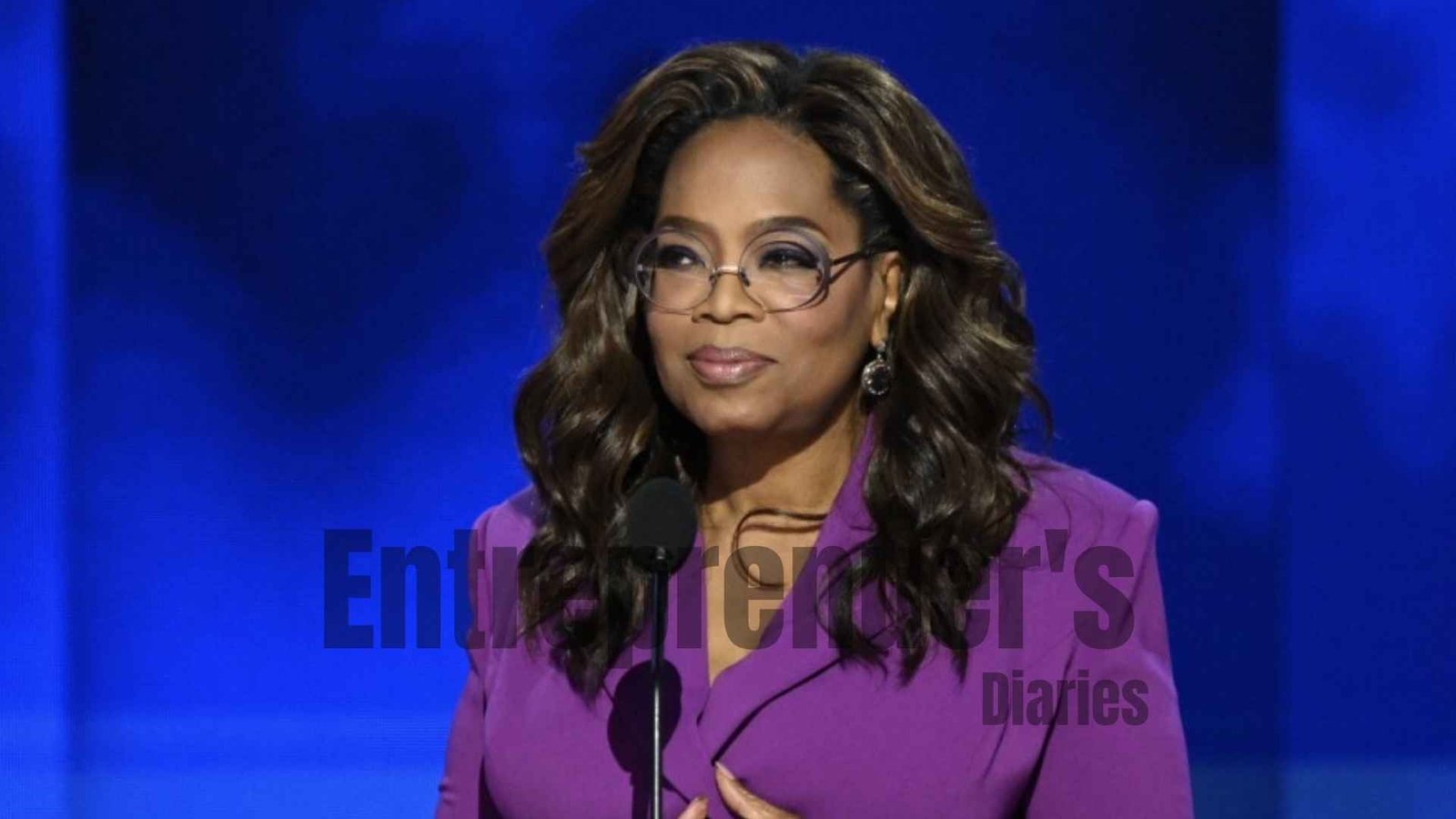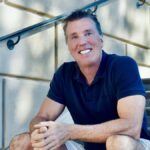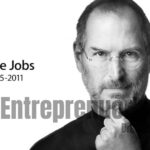By the time Oprah Winfrey turned 14, she’d lived through more pain than most people stomach in a lifetime. Sexual abuse. Homelessness. A child lost in infancy. She clawed her way out with no blueprint, no money, and no protection just raw intellect, emotional intuition, and the sheer will to survive. What she built out of that pain wasn’t just a career. It was a platform, a business empire, and a generation-defining movement.
From Mississippi Dirt Roads to Syndicated Power
Oprah wasn’t handed anything. Born to a teenage maid in rural Mississippi, she learned early that no one was coming to save her. She read the Bible, memorized speeches, and performed in the church anything to be heard. At 6, she moved to Milwaukee to live with her mother. Abuse followed. At 13, she ran away. At 14, she was pregnant. The baby died shortly after birth.
It should’ve ended there. But it didn’t.
When she moved in with her father in Nashville, structure entered the picture. He demanded excellence. She delivered. She won speech contests, landed a job in radio at 17, and was hosting TV news in her teens. She didn’t fit the anchor mold too expressive, too emotional. So they demoted her. She took the talk show slot instead. It turned out to be the best professional rejection of her life.
Building the Oprah Model: Lead With Heart, Monetize With Precision
In 1984, she took over a floundering Chicago show called AM Chicago. Within months, it beat Phil Donahue in the ratings. In 1986, it became The Oprah Winfrey Show, syndicated nationally. What followed was a 25-year reign that reshaped the entire media landscape.
Oprah didn’t win with gimmicks. She won by making connection a business model. She spoke from the gut and asked questions that sliced through people’s defenses. She cried with them. Challenged them. Then turned their stories into cultural currency.
She knew the audience better than anyone in the room and she used that leverage. She formed Harpo Productions, became her own boss, and controlled every inch of her content. In an era when most media talent cashed a check, she printed her own. By 1994, she was worth $500 million. By 2000, she was a billionaire.
OWN, Super Soul, and the Price of Evolution
The next chapter wasn’t a straight shot. When she launched the Oprah Winfrey Network (OWN) in 2011, it floundered. Ratings were weak, and critics were loud. She admitted she underestimated the complexity of running a network. But she adjusted quickly. She retooled the programming, brought in shows with staying power, and eventually struck a lucrative partnership with Discovery.
OWN became home to Super Soul Sunday and other purpose-driven shows that kept her brand’s moral compass alive. Even when the media world bent toward chaos, Oprah stayed rooted in clarity. She didn’t just ride cultural trends she redirected them.
The Blueprint: Pain Into Power
What sets Oprah apart from every other mogul isn’t just scale. It’s transformation. She didn’t just profit off her story. She weaponized it. Turned trauma into teachable moments. Used failure as content. Leveraged vulnerability as strategy.
The Oprah Winfrey Leadership Academy for Girls in South Africa is a direct output of that philosophy. Launched in 2007 after a promise to Nelson Mandela, it’s not charity fluff. It’s elite, academically rigorous, and deeply hands-on. Oprah personally interviews prospective students. She’s spent over $200 million on the school because she knows real change costs real money.
Political Weight and Cultural Muscle
Oprah has long played her political cards close. But in 2024, she stepped fully into the arena. She delivered a headline speech at the Democratic National Convention, backing Kamala Harris and laying out a moral argument rooted in decency, dignity, and unity. It wasn’t a campaign ad. It was a values check.
Two weeks later, she hosted “Unite for America,” a coast-to-coast livestream event backed by over 140 grassroots organizations. Same goal: drive voter turnout, protect democratic norms, and push back against political nihilism.
This wasn’t soft activism. It was high-leverage, high-trust mobilization. Only Oprah could pull that off.
Seventy Years in, No Slowing Down
At 70, Oprah isn’t mellowing out. She’s shifting gears. In September 2024, she dropped an ABC primetime special, AI and the Future of Us. It wasn’t a tech explainer it was a philosophical gut-check on what automation means for human value. She brought in thinkers like Marilynne Robinson, avoided hype, and gave viewers something rare: clarity.
That same month, she was honored at the DVF Awards in Venice for decades of advocacy. Her speech? A masterclass in generational empowerment. She tied Harris’s rise to the long, uneven arc of women’s leadership and challenged the room to “use the platform you have, no matter how small, to lift someone else.”
Legacy, Without the Polished Bow
There’s a tendency to sanitize Oprah’s story make it shiny, digestible. But that flattens what makes it instructive. This isn’t just a woman who “overcame.” This is a business strategist who understood timing, audience psychology, and the deep economics of trust.
She made every rejection part of her leverage. She made ownership non-negotiable. And she understood something most moguls still miss: hearts move wallets. But you can’t fake it.
Oprah Winfrey didn’t just empower a generation. She built the framework for what that empowerment could look like messy, personal, rooted in pain, but scaled through clarity and conviction.
Connect With Us On Social Media [ Facebook | Instagram | Twitter | LinkedIn ] To Get Real-Time Updates On The Market. Entrepreneurs Diaries Is Now Available On Telegram. Join Our Telegram Channel To Get Instant Updates.
Ethan is a Lisbon-based leadership strategist who helps remote-first startups scale through systems, team clarity, and async culture.






